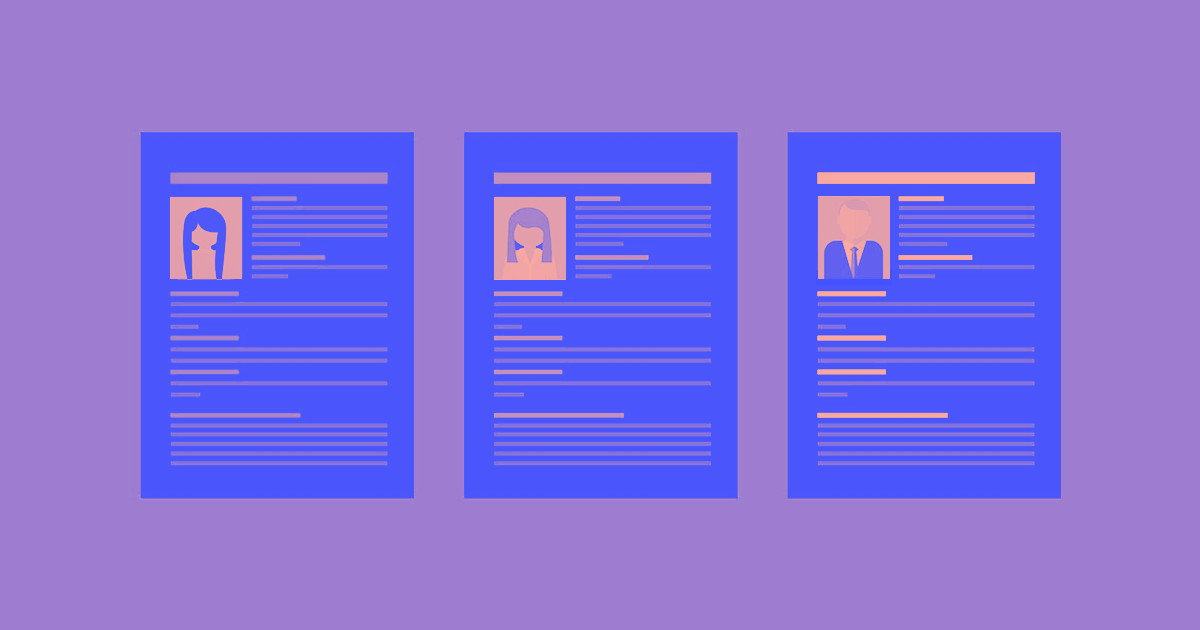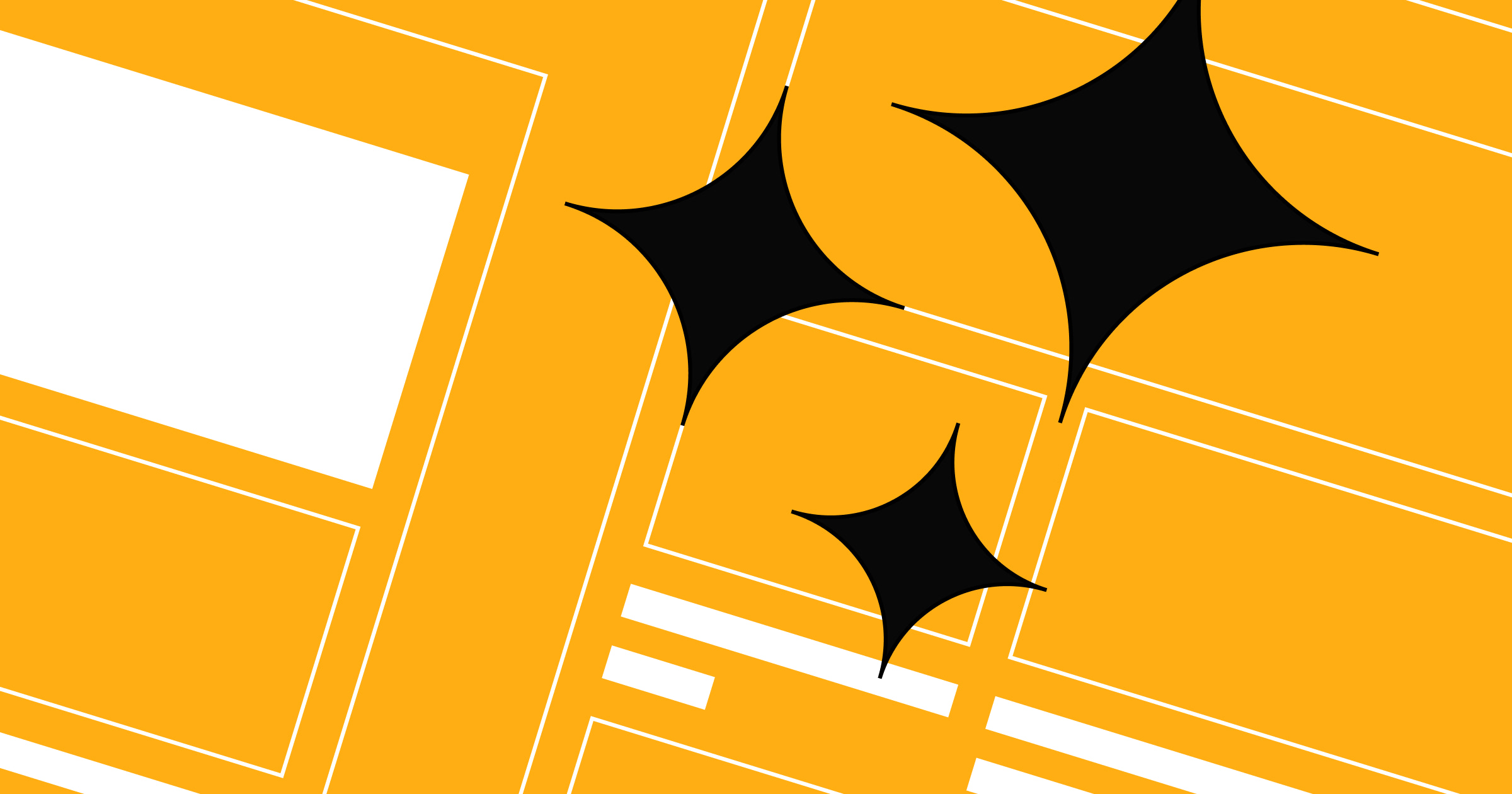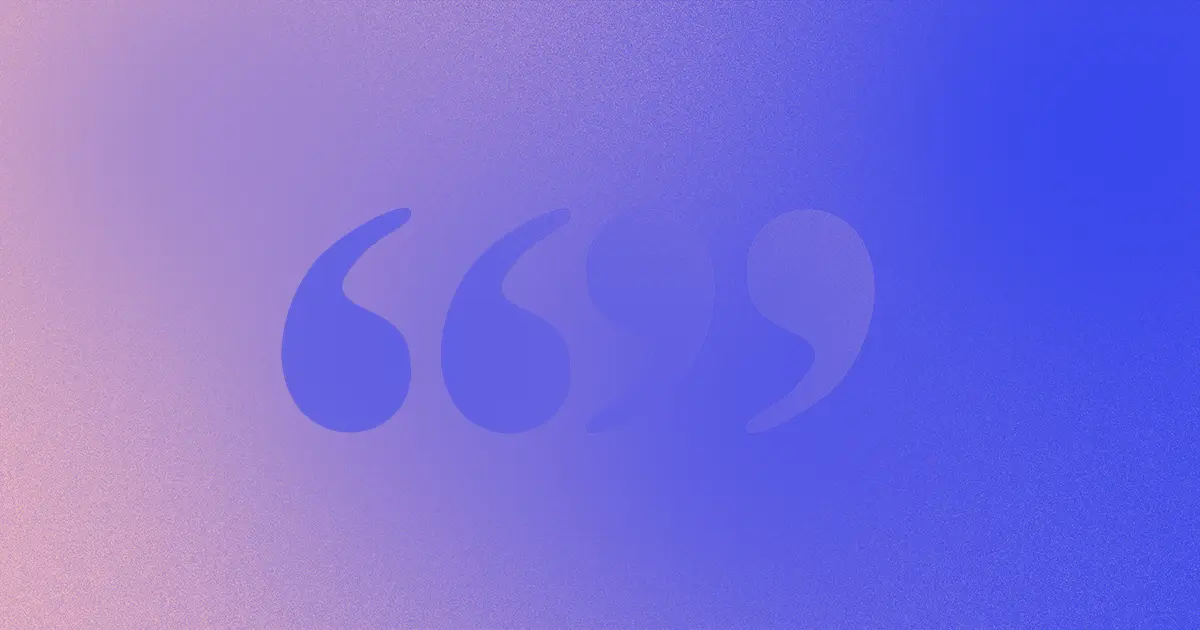Rejection happens, no matter who you are or what you do. But as a designer, you’re constantly “putting yourself out there” via your creative solutions, so rejection is going to play a larger role in your professional life than most people’s.
No matter how many inspirational books you read, rejection can hurt. Watching something you poured yourself into get ripped apart by clients and stakeholders can feel deeply personal.
You can’t avoid rejection. What you can do is accept it gracefully, channel your energy into creating better designs, and gain more confidence in your abilities and talent.
Here are a few things to remember when faced with a rejection:
1. Remember: the client rejected your design — not you
Your work is part of your life, not your entire life. Having a design rejected means a client is looking for something else to fill their business needs. That doesn’t mean that your design is objectively bad or that you’re a bad designer — it just means your solution isn’t a good fit for the project. And there could be a million reasons for that, ranging from the client’s personal aesthetics to some vital piece of information you may have overlooked.
In other words: their rejection doesn’t say anything about you as a person — rejection of your design isn’t a rejection of you.
How can you turn this around and use the critique as an opportunity to improve? It’s crucial to understand that the universe isn’t out to get you. If parts of your design ideology have been criticized, chances are they could use some fresh thinking. Knowing that is a powerful thing.
2. Set your designs free
Don’t get too attached to your work. Art is subjective and you’ll never control how anyone responds to it. Once you share a design, it’s open season. Be it friends, colleagues, stakeholders, or even your mom — putting your art out into the world means it will be critiqued, picked apart, and sometimes, outright rejected.
You can’t control the outcome. It’s not your job to. Your job is to design and then set it free.
Of course, that’s easier said than done — especially as a professional. Designers don’t just get a rejection email and move on to submit to another publisher. You’re accountable to make revisions and improve your work. Your job is to solve problems, not just create art. So yes, the struggle is real.
But with the struggle comes an opportunity to shine. Let rejection lead you to explore angles you haven’t before. Let rejection push you towards better solutions.



















The missing guide to the freelance designer's life is here
Learn everything you need to know about making the leap to freelancing, from how to find clients to how to price your services.
3. Get back to work immediately
Never let everything ride on a single design — it’s a recipe for heartbreak. Keep your creative soul busy so you have less time to brood. Rejection hurts less when you’re already busy creating something new and exciting. Staying busy and looking forward will keep you from hitting roadblocks.
Master storyteller Stephen King once said:
By the time I was fourteen the nail in my wall would no longer support the weight of the rejection slips impaled upon it. I replaced the nail with a spike and went on writing.
Designers should always have personal projects in the works. Clients often have bland business requirements that can stifle your personal style and creativity — use side projects to feed your soul and free your self-expression. Side projects will channel your energy and negate some of the effects of rejection.
4. Be prepared
Clients aren't focused on artistic expression — they’ve got money at stake. You will face rejection of some sort. Clients may ask you to revise parts of the design, redo the entire thing, or maybe even ask someone else to take charge.
While this can be devastating, understand it’s all a part of the business. When the time is right, you might be having drinks with the same people who rejected you. They’ll be signing checks and singing praises for your design.
5. Know you’re in good company
I know you know what’s coming — but it’s worth hearing again:
Every creative has been rejected at least once — likely more.
JK Rowling was turned down by 12 editors before Harry Potter became a cult classic. Walt Disney was fired from the Kansas City Star because his editor thought he “lacked imagination and had no good ideas.” Emily Dickinson only published a dozen of her 1,800 poems while she was alive. Stephen King’s first book, Carrie was rejected 30 times.
The creatives we see as infallible stars all faced a good deal of rejection in their careers. And they never let it stop them!
Rejection is part of the process, so you can't let it crush you. My first three novels never made it into publication, but my fourth, Sheltering Rain, was translated into 11 languages.
–Jojo Moyes
Stubbornly continue creating
Develop a mindset to push on in the face of rejection. Everyone in a creative profession — writers, artists, designers — must be prepared for rejection. And the truth is, if you handle it well, rejection makes you better. It lets you step back with a critical eye and learn from your mistakes.
Create. Be rejected. Grow. Create more. Repeat.
































